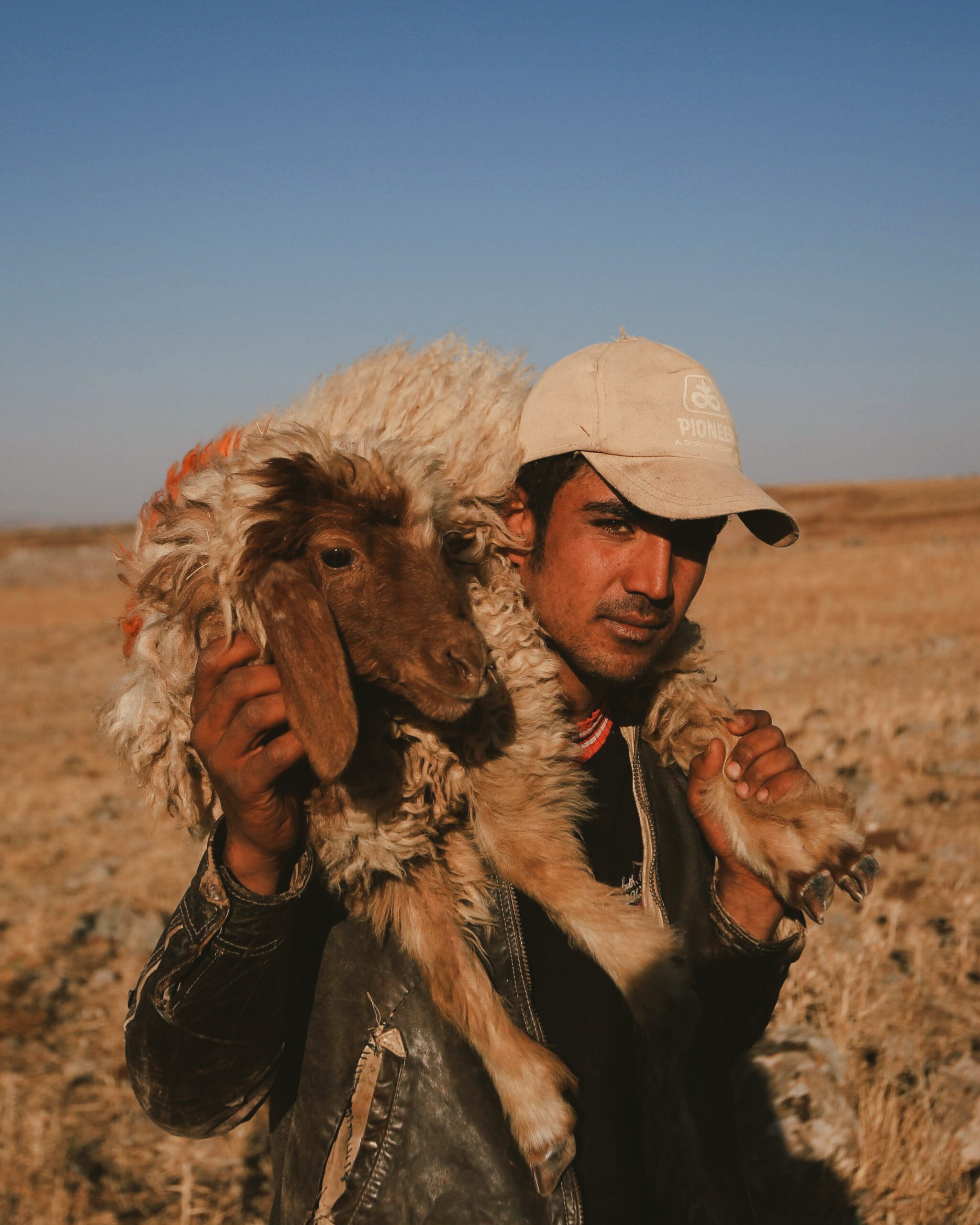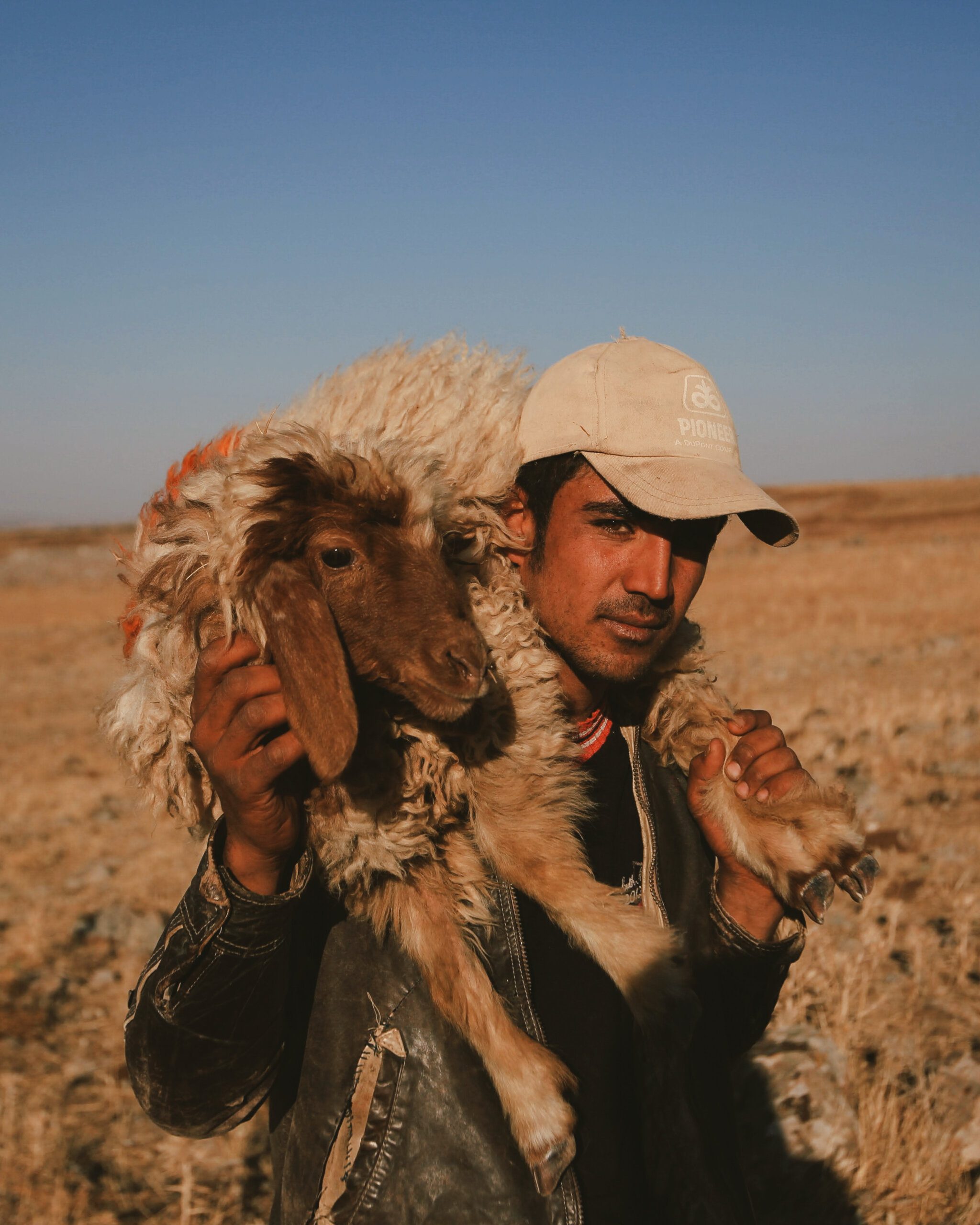Have you ever wondered about the strength of capybaras? These fascinating creatures, known for their social behavior and unique physical characteristics, possess an unexpected amount of power. From their ability to swim effortlessly to their impressive sharp teeth and strong jaws, capybaras prove to be formidable in their own right. Let’s take a closer look at the remarkable strength possessed by these gentle giant rodents and explore the astonishing capabilities they bring to their lives in their natural habitat.

Physical Characteristics
Size and Weight
Capybaras are the largest rodents in the world, with adults reaching a length of about 4 feet and weighing between 75 and 150 pounds. Despite their considerable size, they have a sturdy and compact build, making them appear even more powerful. Their robust bodies are well adapted to their semi-aquatic lifestyle, with a barrel-shaped torso providing buoyancy in water while still allowing for agility on land.
Muscular Structure
Capybaras possess a strong and well-developed musculature, particularly in their hind limbs. These powerful muscles grant them exceptional strength and agility, enabling them to navigate various terrains effortlessly. Their large hindquarters provide the necessary propulsion for their swift movements, making them impressive runners and swimmers.
Adaptations for Strength
To further enhance their physical strength, capybaras have adapted several features. Their broad and strong feet, with partially webbed digits, allow them to paddle through water efficiently. Additionally, capybaras have powerful shoulder muscles, enabling them to dig burrows with ease. These adaptations for strength contribute to their ability to thrive in both land and water environments.
Powerful Jaws and Teeth
Incredible Bite Force
Capybaras possess a set of strong jaws and sharp teeth that they primarily use for grazing on vegetation. Their bite force is substantially powerful, allowing them to exert pressure when consuming tough plant material. While their teeth may not be adapted for hunting or tearing flesh, capybaras can still cause potential harm when defending themselves or their young.
Adaptations for Herbivorous Diet
Despite their robust jaws and teeth, capybaras have adapted to specialize in a herbivorous diet. Their front teeth, known as incisors, continuously grow throughout their lives to compensate for the constant wear caused by grazing on tough plant matter. Additionally, their molars are designed with deep ridges and cusps, allowing for efficient grinding and processing of vegetation.

Aquatic Abilities
Swimming Proficiency
Capybaras are excellent swimmers and highly adapted to their semi-aquatic lifestyle. Their streamlined bodies, coupled with their webbed feet, make them efficient and agile in the water. They can achieve swift speeds while swimming, allowing them to evade predators or move between feeding areas. Their proficiency in swimming also enables them to cross rivers and lakes for migration or in search of resources.
Diving and Holding Breath
In addition to their swimming abilities, capybaras can also hold their breath for an impressive amount of time. They have the capacity to stay submerged underwater for up to five minutes, allowing them to dive to evade predators or reach aquatic plants that grow at greater depths. This adaptation gives them a strategic advantage in their semi-aquatic habitat.
Adaptations for Water Environment
To adapt to their water environment, capybaras possess specialized adaptations. The presence of a membrane, called a nictitating membrane, covers their eyes while underwater, providing protection and clarity of vision. Additionally, their dense, oily fur helps to keep them warm and buoyant in water. These adaptations allow capybaras to thrive in their unique aquatic habitat.
Social Structures
Strength in Numbers
Capybaras are highly social animals and live in large groups known as herds. These herds can consist of anywhere from 10 to 100 individuals, providing strength in numbers against potential predators. Their gregarious nature allows them to work together to protect one another and increase their chances of survival.
Family Bonds
Within the herd, capybaras form strong family bonds. They live in a hierarchical social structure, with dominant males leading the group and their respective harems. These family units often consist of a dominant male, several females, and their offspring. The communal nature of their social structure promotes cooperation, reducing the vulnerability of individual capybaras to predation.
Defense Through Cooperation
The cooperative behavior of capybaras extends to defense mechanisms against predators. When sensing danger, they produce vocal warnings and exhibit certain postures or behaviors that communicate a threat to others in the herd. This collective response allows them to quickly and effectively react to potential threats and increases the chances of survival for both individuals and the entire herd.

Communication and Warning Systems
Vocalizations
Capybaras communicate through a variety of vocalizations, which play a crucial role in their social interactions and warning systems. They produce different sounds, including purrs, barks, whistles, and clicks, each with its own meaning. These vocalizations serve to convey information about individual identity, dominance, mating readiness, and potential threats.
Non-verbal Signals
In addition to vocalizations, capybaras utilize non-verbal signals to communicate with one another. These signals include body postures, tail movements, and facial expressions. For example, raising the head and standing on hind legs may indicate a heightened state of alertness or defense readiness, while grooming or nuzzling behaviors demonstrate affiliative bonds and social harmony among group members.
Warning Calls for Protection
One of the remarkable aspects of capybara communication is their ability to produce specific warning calls to protect the herd. When detecting a threat, such as a predator approaching, capybaras emit a distinct and loud alarm call known as the “capybara bark.” This call instantly alerts other herd members, triggering a coordinated defensive response among individuals, such as seeking cover or approaching the source of danger as a unified group.
Adaptability and Survival Skills
Extensive Range
Capybaras have a remarkable ability to adapt to a wide range of environments and habitats. They are native to South America and can be found inhabiting diverse regions, including forests, savannas, wetlands, and even human-altered landscapes. Their adaptability allows them to thrive in various ecosystems, showcasing their versatility as a species.
Ability to Live in Various Habitats
Capybaras have successfully adapted to both terrestrial and semi-aquatic habitats throughout their evolutionary history. They can inhabit areas with dense vegetation, providing ample food sources, as well as regions near rivers, lakes, and marshes, where they can take advantage of their swimming and grazing capabilities. This adaptability ensures their survival even in challenging and changing environments.
Camouflage and Defensive Techniques
To protect themselves from predators, capybaras have developed effective defensive techniques. Their coloration and fur patterns help them blend into their surroundings, providing a degree of camouflage. When threatened, capybaras may also seek refuge in water bodies, where they can use their swimming abilities to evade predators. These tactics enhance their survival chances and reduce the risk of being targeted by potential predators.
Natural Predators
Predatory Threats
While capybaras are formidable animals, they still face a range of natural predators. Some of the notable predators include jaguars, pumas, anacondas, and caimans. These predators, especially jaguars and caimans, pose significant risks to capybaras, particularly when they are vulnerable, such as during their daily activities of grazing or crossing open spaces.
Capybara Defense Mechanisms
To defend themselves against predators, capybaras rely on their strong social structures and collective defense mechanisms. When threatened, they will vocalize warnings, forming a united front by surrounding and protecting their young and the more vulnerable members of the herd. By sticking together and acting as a cohesive unit, capybaras can deter or confuse predators and increase their chances of survival.
Safety in Groups
Capybaras find safety in numbers. By living in large herds, they minimize the risk of predation for individual members. The odds of predators successfully targeting a capybara decrease as the number of potential victims increases. Moreover, capybaras use a collective vigilance strategy, with multiple individuals keeping watch for approaching threats while others forage or rest. This collaborative approach increases their chances of detecting and avoiding potential predators.
Energetic Efficiency
Conservation of Energy
Capybaras are efficient when it comes to energy conservation. They have a low resting metabolic rate, allowing them to conserve energy and minimize the amount of food they need to consume. By limiting unnecessary physical activity and utilizing energy-saving techniques, such as staying motionless to conserve body heat, capybaras optimize their energy expenditure for maximum survival benefits.
Efficient Digestive System
Capybaras possess a highly efficient digestive system that contributes to their energetic efficiency. As herbivores, capybaras rely on a plant-based diet rich in fibrous material, which can be challenging to extract nutrients from. However, their digestive system has adapted to this diet, featuring a unique fermentation chamber known as the “cecum.” This allows them to host symbiotic bacteria that break down cellulose and extract nutrients from plant materials that would otherwise be indigestible.
Temperature Regulation
With their dense fur and semi-aquatic lifestyle, capybaras have mechanisms to regulate their body temperature. On hot days, they often seek refuge in water bodies, where the evaporative cooling effect helps lower their body temperature. Conversely, during cooler periods, they can warm themselves by basking in the sunlight or huddling together to share body heat. These temperature regulation strategies ensure their comfort and energy conservation.
Parenting and Protection
Strong Maternal Instincts
Female capybaras exhibit strong maternal instincts and play a crucial role in the protection and care of their young. After a gestation period of around 150 days, females give birth to a litter of several precocial offspring. The mother actively nurtures her young, nursing them and providing protection against potential threats. This maternal care contributes to the survival and well-being of capybara offspring.
Protective Behavior
Capybara parents, both mothers and fathers, demonstrate protective behavior towards their young. They exhibit attentiveness and a watchful eye, always on guard to ensure the safety of their offspring. Capybara parents will exhibit aggressive behaviors towards predators or perceived threats, effectively deterring or delaying potential harm. This protective behavior provides a nurturing and secure environment for capybara young to grow and develop.
Capybara Young’s Adaptability
Capybara young demonstrate remarkable adaptability from an early age. Within hours of being born, they are able to follow their mother and siblings, displaying a hasty ability to keep up with the herd. As they grow, they quickly learn to be cautious, following the herd’s cues and practicing defensive techniques when faced with potential dangers. This adaptability ensures their survival during their formative stages and prepares them for life within the capybara social structure.
Survivors throughout the Ages
Evolutionary Adaptations
Capybaras have undergone significant evolutionary adaptations to become the remarkable survivors they are today. Over millions of years, they have developed physical characteristics and behavioral traits that have allowed them to successfully inhabit a range of environments and coexist with various ecological factors. These adaptations showcase the resilience and versatility of capybaras as a species.
Conservation Status
As of now, capybaras are not considered threatened or endangered. Their adaptability, abundance, and wide range make them resilient to various natural and anthropogenic challenges. However, specific local populations may face habitat loss, hunting pressure, or competition for resources, requiring targeted conservation measures to ensure their long-term survival.
Human Impacts and Conservation Efforts
While capybaras have generally fared well in the face of human activities, there are still potential risks and conservation challenges. Habitat destruction, pollution, and unsustainable hunting practices can disrupt capybara populations and their ecological balance. Recognizing the importance of capybaras as ecological keystone species, conservation efforts aim to protect their habitats, establish sustainable hunting practices, and raise awareness about their value and conservation needs.
The capybara’s strength lies not only in its physical characteristics but also in its exceptional adaptability, cooperative behavior, and nurturing nature. These traits have allowed them to overcome challenges and thrive in a wide range of environments. By understanding and appreciating the unique attributes of capybaras, we can better contribute to their conservation and ensure the survival of one of nature’s most remarkable creatures.



